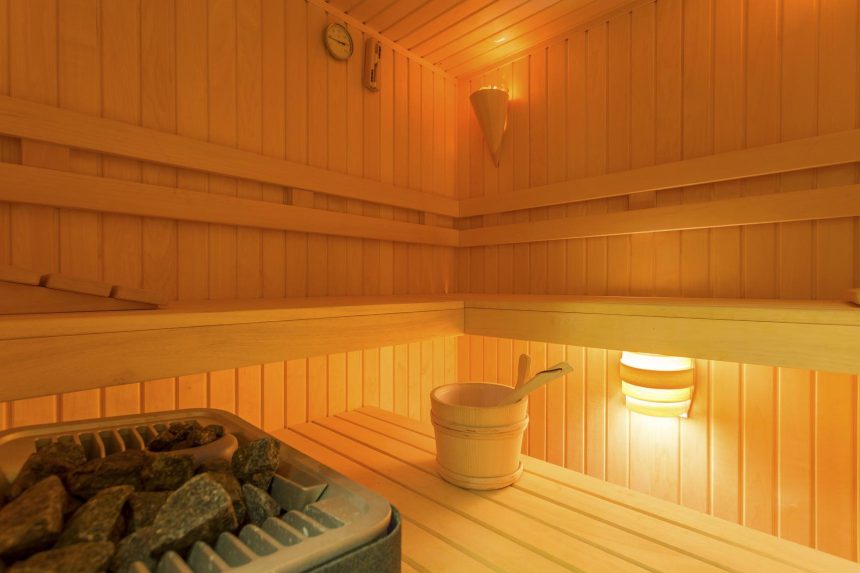A sauna is a small enclosure where you can experience dry or wet heat sessions. Heat and steam encourage perspiration and beneficial body changes. Saunas can help relieve stress and reduce aches and pains. For centuries most people went to an establishment like a health club or gym to enjoy a sauna, but today manufacturers offer affordable home versions. There are both traditional and infrared models available. While each offers similar benefits, there are significant differences that can determine which might be best for you.
How Traditional and Infrared Saunas Work
Both traditional and infrared saunas create heat, but each functions differently. One key difference is that a traditional sauna heats the air, while an infrared sauna uses light to warm the body directly.
Many prefer a traditional sauna, which they consider an “authentic experience.” Modern saunas are often wood-covered, and stone-covered electric heaters frequently generate warmth. Some models produce steam.
An infrared sauna works quite differently from a radiant heat or steam version and uses infrared light to generate heat. Instead of heating the body externally, as traditional saunas do, infrared models produce warm light to heat the body internally. They also cause the body to produce less body sweat.
Suppliers offer a wide range of styles, so choosing one can seem overwhelming. You can simplify the process by doing online research at Infrared Sauna Expert. It’s a chance to read product reviews, study photos, and check out the videos on the site.
Difference in Temperatures
One primary difference between traditional and infrared saunas is their temperatures. Traditional saunas are designed to produce much higher heat.
How long you use a classic sauna depends on your heat tolerance and desired goals. Per Muscle Lab, the temperature within a traditional enclosure typically ranges from 160 to 212 degrees F. Some users use saunas rotationally. They spend a few minutes in the sauna and then leave and return to room temperature. They take a cold shower or a dip in a cool pool and then re-enter the sauna, often repeating the process for some time.
An infrared sauna offers a solution for those who cannot endure high temperatures. The saunas operate at a lower temperature than traditional saunas, with the average being about 100 to 130 degrees F.
Cost Differences
Sauna costs vary widely, depending on the unit’s size, type, features, and quality. You can find saunas with a wide variety of features.
Generally speaking, traditional saunas are more expensive than infrared models. Infrared saunas also have lower running costs.
Depending on the size of the unit, an entry-infrared model can cost around $2,000-2,500. A mid-range unit is typically priced between $5,000-10,000, and premium models sell for upwards of $10,000.
Traditional entry-level saunas typically set you back $4,000-7,500; mid-range units can cost $10,000-15,0000. Premium models may cost upwards of $15,000.
Comparing Health Benefits
Traditional and infrared saunas produce nearly the same health benefits, according to Recovery for Athletes. These include
- Improved circulation
- Better athletic recovery
- Stress and fatigue reduction
- Improved metabolism and more effortless weight loss
- Relief from arthritis symptoms
- Cardiovascular benefits
- Relief from chronic pain
Saunas have been used for centuries to provide relaxation and improve well-being. Traditional saunas consist of highly heated rooms and lower-temperature infrared saunas, which have become increasingly popular, especially among those who do not tolerate high heat. Each sauna type produces approximately the same health benefits, which include stress relief, improved athletic recovery, pain relief, weight loss, and heart benefits. Infrared models typically cost less to buy and run.















